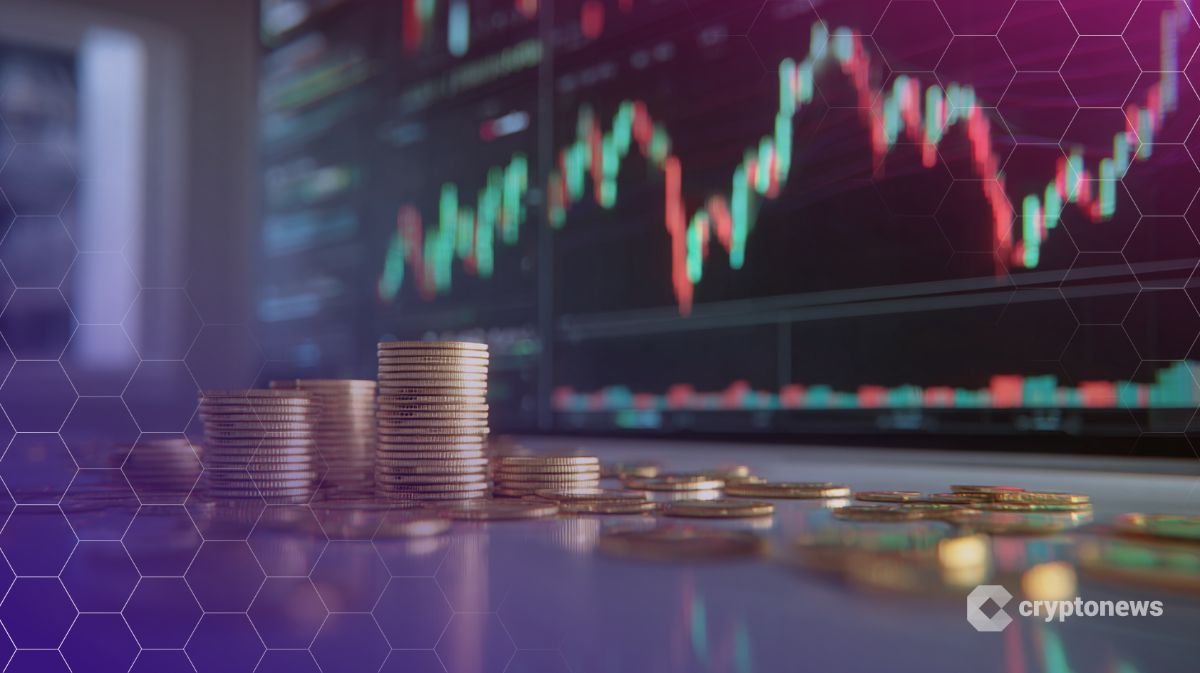Bank of New York Mellon Corp., the world’s largest custodian bank with $55.8 trillion in assets under custody and administration, is testing tokenized deposits as part of its plan to modernize its payments infrastructure and expand the use of blockchain in global finance, according to a Bloomberg report.
The initiative, led by Carl Slabicki, executive platform owner for Treasury Services at BNY Mellon, seeks to allow clients to make blockchain-based payments using tokenized versions of traditional deposits.
The project is designed to support real-time, instant, and cross-border transactions across the bank’s global network.
BNY Mellon Joins JPMorgan and HSBC in Race to Bring Blockchain to Banking
BNY Mellon’s treasury services division processes about $2.5 trillion in payments every day.
Slabicki said tokenized deposits could help “banks overcome legacy technology constraints,” allowing deposits and payments to move more efficiently within banking systems and, eventually, across the broader financial market as interoperability standards mature.
Tokenized deposits function as digital representations of a client’s cash held at a commercial bank.
By operating on blockchain rails, these deposits can be transferred instantly, settling transactions in real time without the delays or intermediaries found in traditional payment systems.
Supporters argue that such technology can make payments cheaper, faster, and available 24 hours a day, seven days a week.
The move by BNY Mellon comes amid growing adoption of blockchain-powered payments among major financial institutions. In June, JPMorgan Chase launched a pilot of its blockchain-based deposit token, JPMD, representing U.S. dollar deposits held at the bank.
Last month, HSBC Holdings introduced a tokenized deposit service for its corporate clients, allowing cross-border currency transfers over blockchain networks.
At the same time, several European banks are exploring fiat-linked stablecoins as an alternative blockchain payment mechanism.
Nine banks, including UniCredit, ING Group, and DekaBank, recently announced plans to jointly develop a euro-backed stablecoin for institutional transactions.
Stablecoins and tokenized deposits are increasingly seen as complementary tools that could modernize the global payments ecosystem.
The experimentation by BNY Mellon and its peers reflects how quickly blockchain adoption is accelerating in traditional finance.
Banks have been studying distributed ledger technology for more than a decade, but regulatory clarity emerging this year in both the U.S. and Europe is now fueling real-world applications.
In the United States, policymakers have taken steps to regulate stablecoins, while the European Union’s Markets in Crypto-Assets (MiCA) framework is being rolled out to govern digital assets across member states.
BNY Mellon, Goldman Sachs, and Deutsche Bank Lead Banking’s Tokenization Wave
BNY Mellon’s work with tokenized deposits also aligns with its broader blockchain strategy. In July, the firm announced a collaboration with Goldman Sachs to use blockchain to maintain an ownership record of money market funds.
The bank is also among more than 30 global financial institutions participating in a SWIFT-led project to design a blockchain-based shared ledger for real-time cross-border payments.
The renewed push by major banks into blockchain-based settlement systems follows similar developments at Deutsche Bank.
In June, Europe’s largest lender said it was considering issuing its own stablecoin or joining an industry-wide tokenized deposit network as part of efforts to modernize payments.
Sabih Behzad, Deutsche Bank’s head of digital assets and currencies transformation, said the bank sees “momentum of stablecoins along with a regulatory supportive environment, especially in the U.S.”
The broader shift toward tokenization extends beyond payments. Traditional financial players are rapidly tokenizing real-world assets (RWAs), from bonds and equities to private funds, to improve efficiency and liquidity.
Research from Ernst & Young shows that half of institutional investors are considering tokenized products, while Standard Chartered estimates the global RWA market could reach $30.1 trillion by 2034. The sector has already expanded by 80% over the past two years, surpassing $17.4 billion in value.
In the United Kingdom, regulators are also moving ahead with blockchain pilots. Earlier this year, the Treasury announced plans to issue digital gilts, dubbed “DIGIT,” using distributed ledger technology to reduce costs and speed up settlement times.
The London Stock Exchange Group has also launched its Digital Markets Infrastructure platform for private funds, supporting tokenization, issuance, and post-trade settlement through Microsoft’s Azure cloud.
The post $55.8T Giant BNY Mellon Tests Tokenized Deposits to Power $2.5T in Daily Payments appeared first on Cryptonews.
This articles is written by : Nermeen Nabil Khear Abdelmalak
All rights reserved to : USAGOLDMIES . www.usagoldmines.com
You can Enjoy surfing our website categories and read more content in many fields you may like .
Why USAGoldMines ?
USAGoldMines is a comprehensive website offering the latest in financial, crypto, and technical news. With specialized sections for each category, it provides readers with up-to-date market insights, investment trends, and technological advancements, making it a valuable resource for investors and enthusiasts in the fast-paced financial world.


 Nine European banks will launch a MiCA-regulated, euro-backed stablecoin that will contribute to Europe’s strategic autonomy in payments.
Nine European banks will launch a MiCA-regulated, euro-backed stablecoin that will contribute to Europe’s strategic autonomy in payments. Tokenized money market funds by Goldman Sachs and BNY Mellon could lead a shift toward real-time asset mobility and programmable finance.
Tokenized money market funds by Goldman Sachs and BNY Mellon could lead a shift toward real-time asset mobility and programmable finance.